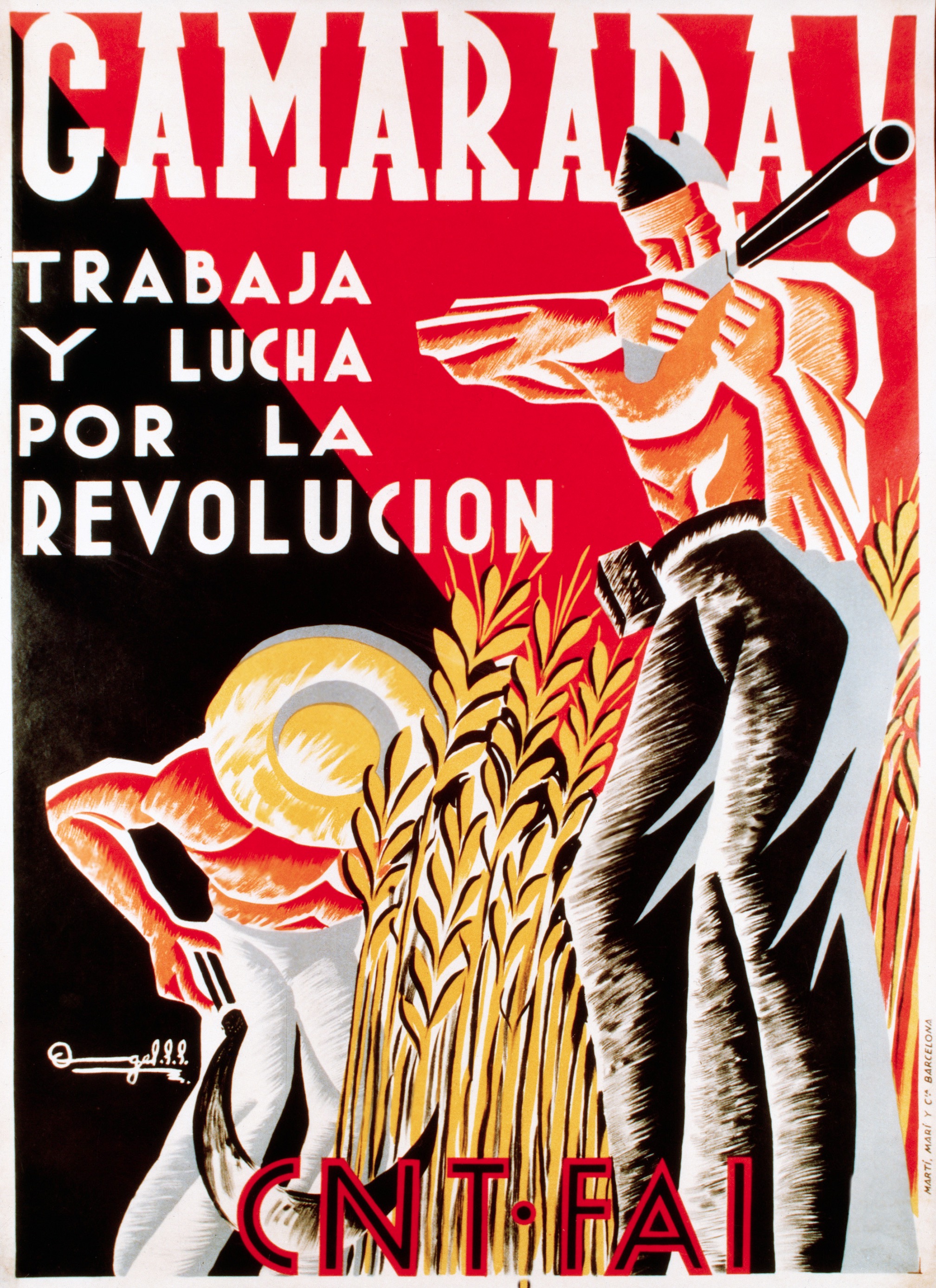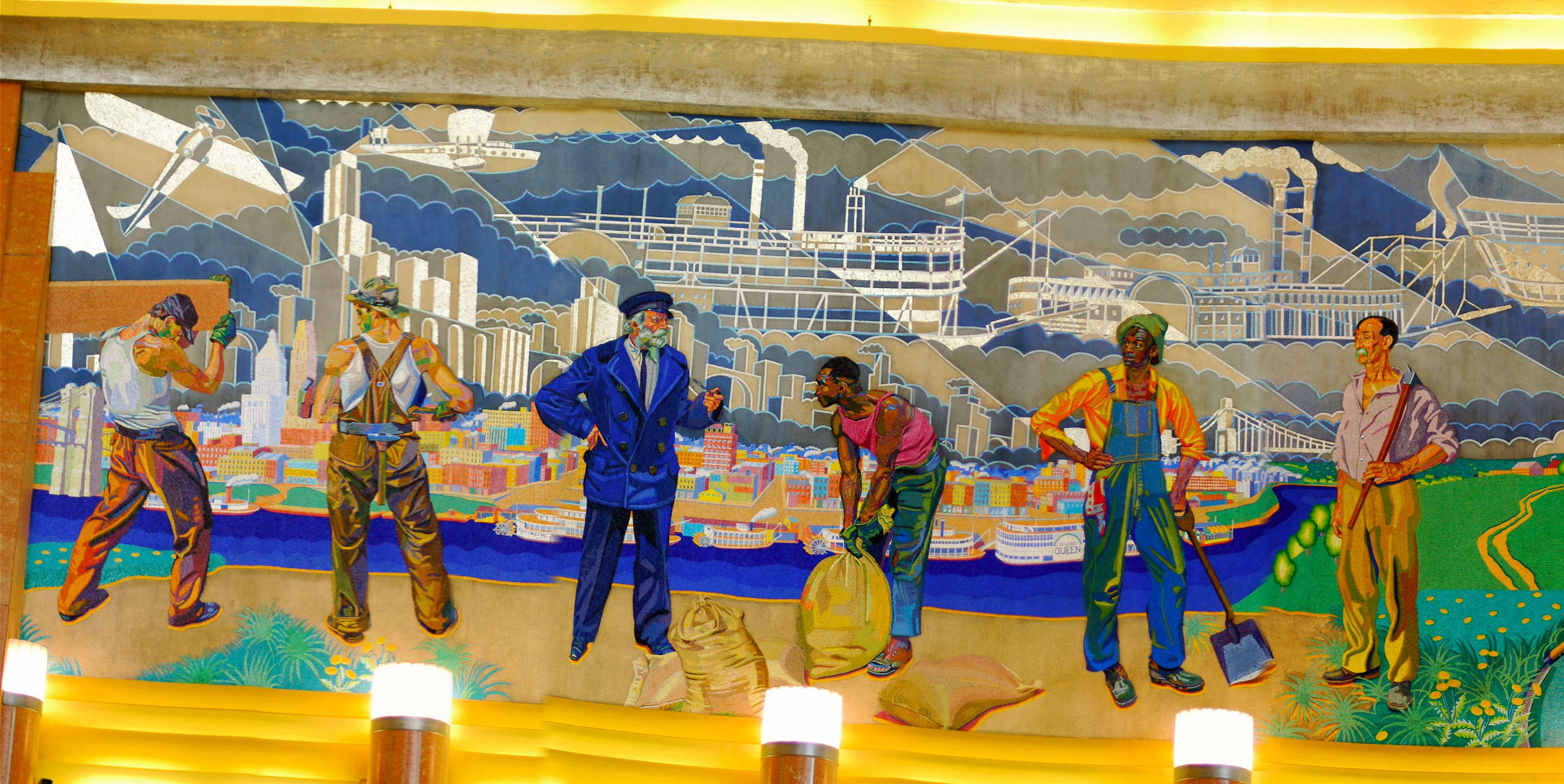

jan 2021
Marx outlines how capital reproduces itself in the market in chapter 4, this is what he calls the general formula of capital. In order for the process described by this general formula to take place in a society it is first necessary a certain “historical ground-work” take place. This historical groundwork is the the process of commodity exchange on an international scale, also called commerce. Marx defines capital as being in its first instance moneyed wealth — as opposed to, for example, landed wealth. Money which is destined to become capital is used in a markedly different way than the money employed in simple commodity exchange.
In simple commodity exchange, as has been shown earlier, money is used as a universal expression of value that is capable of bearing the exchange value of any commodity and being exchanged for any other commodity which bears an equivalent use value. Simple commodity exchange involves selling a commodity in order to buy a commodity. When money is used as a capital, however, the opposite takes place. Here money is used to buy a commodity in order to sell it again for more money.
The simple commodity exchange circuit, C-M-C, has an easily discernible purpose with a definite start and a definite end to the use of the money in the hands of the one who sells to buy. A person who sells a commodity (Marx gives the example of a quarter of corn) for some amount of money (say $3), does so so that she may buy another commodity or set of commodities of equivalent exchange value (say clothes). The money evidently serves only to carry the value of one commodity over to the owner of another so that she will exchange her commodity for its exchange value, expressed in money.
By contrast, the route of money in the circuit defined by the formula M-C-M doesn’t end in two unique use values but rather exactly the same use value, the use value of money. The expectation is that the one who buys to sell will end up with more of the same use value at the end of the circuit than he had had at the start.
Marx provides merchant’s capital and usurer’s capital as examples of this circuit. A merchant will buy something today in order to sell it dearer tomorrow. A usurer will loan money with the expectation that the debtor will return it to him in greater quantity (this circuit, as far as the usurer is concerned is abridged to become the simple M-M’). However, this formula does not only describe merchants and usurers, for industrial capital is also money which is converted into commodities which are then sold, leaving the industrialist with more money.

In the exchange of commodities of equal exchange value, no surplus value is formed, although it is true that both parties may benefit in terms of use-value. Marx demonstrates in this chapter that even when non-equivalent commodities are exchanged, no surplus value is produced. When Mr. A trades a commodity which bears $60 dollars worth of value for Mr. B’s commodity bearing only $40 dollars of value, although Mr. B has slighted Mr. A, the amount of value in circulation remains the same. In sum, surplus value is not produced at the point of exchange— the circulation of commodities per se cannot create value. Marx states a contradiction, however, here: “capital cannot therefore arise from circulation, and it is equally impossible for it to arise apart from circulation. it must have its origin both in circulation and not in circulation.”(p. 268) For a capitalist who wishes to turn money into capital, the starting point is always the exchange of equivalents— buying commodities at their value and selling them at their value, and yet still withdrawing more value from circulation than he started with. This is the contradiction Marx sets out to explain in the subsequent chapters.

Marx introduces labor-power as a commodity “whose use-value possesses the peculiar property of being a source of value”(p. 270). By labor-power, Marx is referring to the physical and mental capabilities of a human which are set into motion when they produce a use-value of any kind.
Laborers, as owners of labor-power, meet capitalists, as owners of money, on the market and exchange their respective commodities freely under the terms of a mutually agreed upon contract defining time and place of work for the labor under contract. For the money-owner to be able to find labor-power on the market, the owner of the labor-power must also be compelled to sell this labor-power instead of selling commodities in which her labor has been objectified— she must lack the means of production and the means of subsistence required to produce her own commodities and sell them. Thus, for the transformation of money into capital to occur, the owner of money must find a free worker in the commodity market— free in that the worker can dispose of her labor-power as her own commodity, and free in that she has no other commodity available to sell since she does not possess the objects needed for the realization of her labor power.
Marx points out that nature does not dictate who becomes owners of money/commodities (capitalists), and who possess nothing but their labor power (workers). This relation has no basis in natural history and is not a trans-historic universal. Marx argues instead that the relation is a result of a particular series of historical developments that have led up to this point.
Other economic categories which were already discussed, such as commodities and money, are also historical rather than natural phenomena. But while these categories (commodities and money) existed in pre-capitalist modes of production (although to a less-developed extent), capital only exists under the current mode of production— only “when the owner of the means of production and subsistence finds the worker available, on the market, as the seller of his own labor-power.” This is what capitalism is.
Marx then goes on to explain how the value of labor power is determined— by the labor time necessary for its production and reproduction, just as every other commodity. since the production and reproduction of labor power requires the reproduction of the laborer, the value of labor-power equals the value of the means of subsistence necessary for the maintenance of its owner (food, clothes, shelter). this contains a historical and moral element , in contrast with other commodities, but it nonetheless may be objectively quantified in any particular society (p. 275). Since labor-power will be removed from the market every so often through age and death, the sum of the means of subsistence of the laborer must also include the means necessary for the worker’s replacement, i.e. her children. education and training for specialized forms of labor also go into the calculation of the value of labor power. The value of labor-power can be lowered only to the point where the laborer can afford that which she needs daily to survive, but at this point, the labor-power is really undervalued, and this labor will probably be of very poor quality as the laborer barely scrapes by.
Marx points out that an unfavorable condition for the worker exists in any labor contract which is that the labor power is purchased as well exercised before it is paid for. In all cases, the worker actually advances the use-value of her labor power to the capitalist— the buyer consumes the labor power before the laborer receives payment; the capitalist buys the labor-power on credit. This has its own consequences, which Marx explains in detail in footnote 14 (p. 278).
What makes the capitalists’ consumption of labor power special is that it is simultaneously a production process of commodities and of surplus value. the consumption of labor power does not occur in the sphere of circulation but of production. Marx suggests we follow the worker and the capitalist away from the sphere of circulation, where they first met as equals, as owners of commodities of equal value, and to the sphere of production.
“On leaving this sphere of simple circulation or of exchange of commodities, which furnishes the “Free-trader Vulgaris” with his views and ideas, and with the standard by which he judges a society based on capital and wages, we think we can perceive a change in the physiognomy of our dramatis personae. He, who before was the money-owner, now strides in front as capitalist; the possessor of labour-power follows as his labourer. The one with an air of importance, smirking, intent on business; the other, timid and holding back, like one who is bringing his own hide to market and has nothing to expect but — a hiding.”
These summaries were co-written with BA.
⇚ Go back to Part I ☭ Move on to Part III ⇛
questions? comments? concerns? email me here.